Lesmeister Rodeo Family
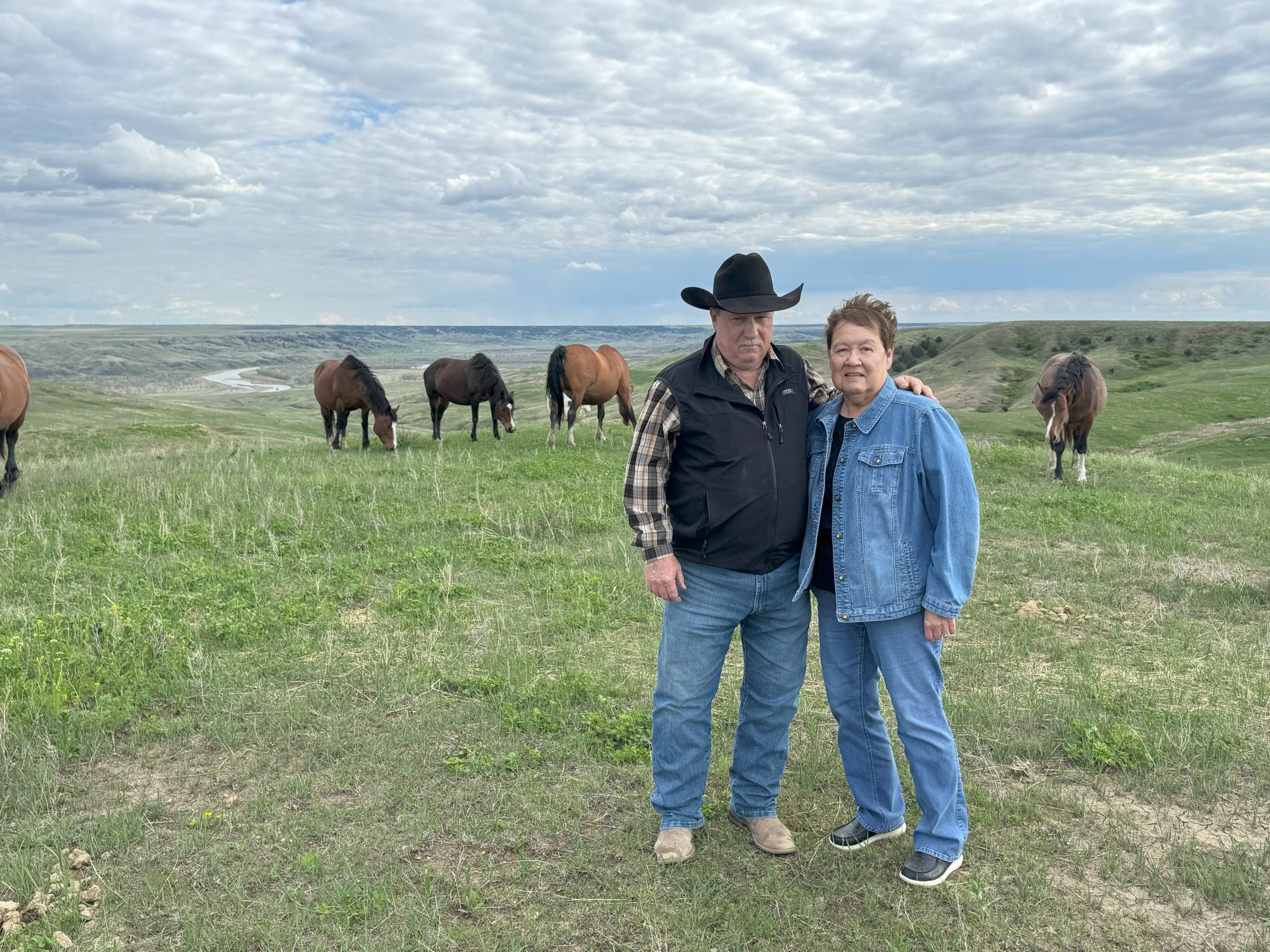
By Lura Roti for South Dakota Farmers Union
Lance and Roni Lesmeister’s ranch house sits atop a bluff overlooking the Cheyenne River Valley. From the glass patio doors in their living room the couple can take in the breathtaking scene of rolling hills, the river and more than a hundred horses.
Happy horses.
Triple L Ranch bucking horses spend their days grazing the Cheyenne River breaks with their colts bucking in the sunshine. And when its rodeo season, they only perform about 16 seconds a week.
“We don’t train bucking horses – we breed them,” Roni explained.
Roni’s parents, Bud and Melissa Annis, began raising bucking horses in the early 1950s for rodeos across South Dakota. She and Lance continue the tradition on the same land today.
“This rough terrain legs them up and the native grasses grow them big and make them strong,” Lance explained.
A good bucking horse has strong bones, a big hip, a short back and solid feet. Good bucking horses are calm in the chute, but once released, they kick hard and finish their 8-second ride strong.
“These are the traits we try to breed for. They need the power to throw the cowboy off,” Lance said. “Lots of times, the best bucking horses are docile. People think it’s the ornery and wild horses that buck. But a lot of the time this is not true. The better ones are smart and docile – like a good cutting horse. It’s their genetics that make them want to buck.”
Rodeo cowboys depend on a good bucking horse because both horse and rider receive points in bareback and saddle bronc events. Judges are assigned to the horse and the rider. During a ride, up to 50 points are given to each. These points are tallied and the team with the most wins.
“I love watching them in rodeos. It’s like watching your kid compete,” Lance said.
As rodeo contractors, Roni and Lance’s bucking horses not only compete in South Dakota rodeos, but some of the best horses the Lesmeisters raise are scattered all over the U.S. with different Pro Rodeo Cowboy Association (PRCA) contractors. They can be seen competing in PRCA rodeos everywhere.
Triple L Ranch horses have even competed at the National Finals Rodeo (NFR).
“I have had NFR cowboys walk up and thank me,” Lance said. “I’ve never met them before and they don’t live in South Dakota, but they know us because they competed on one of our horses.”
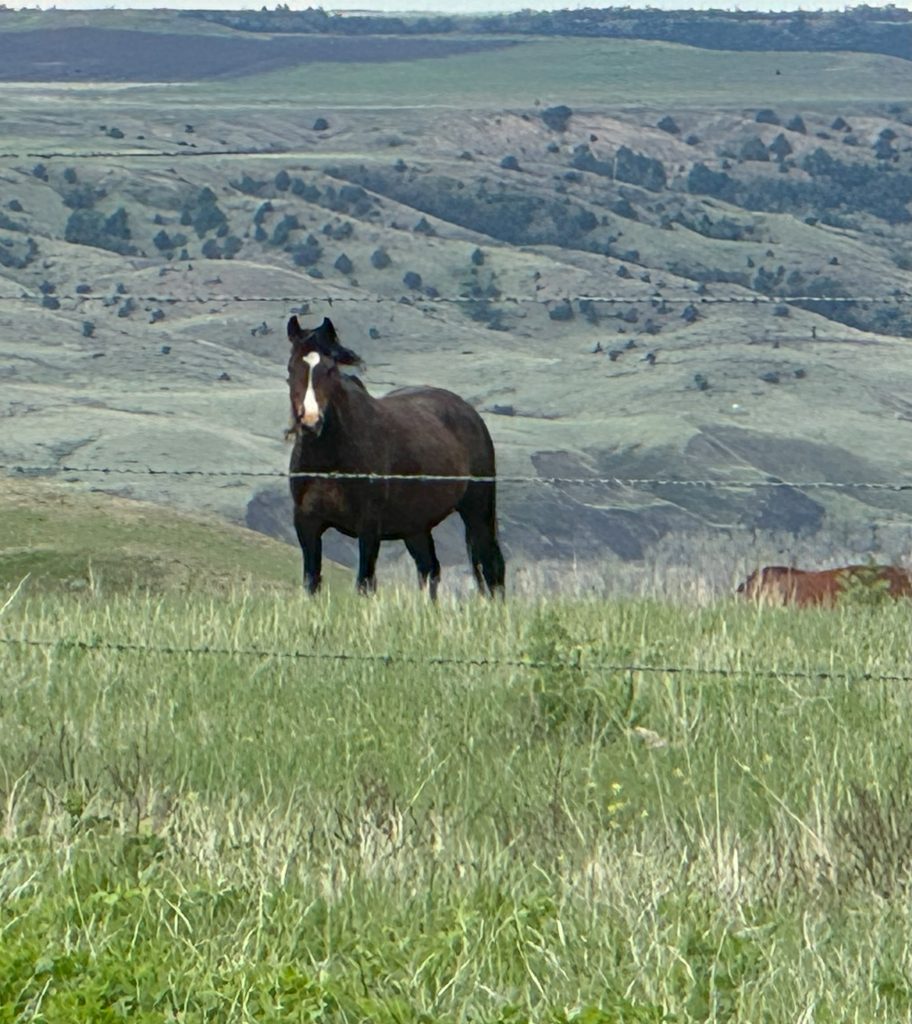
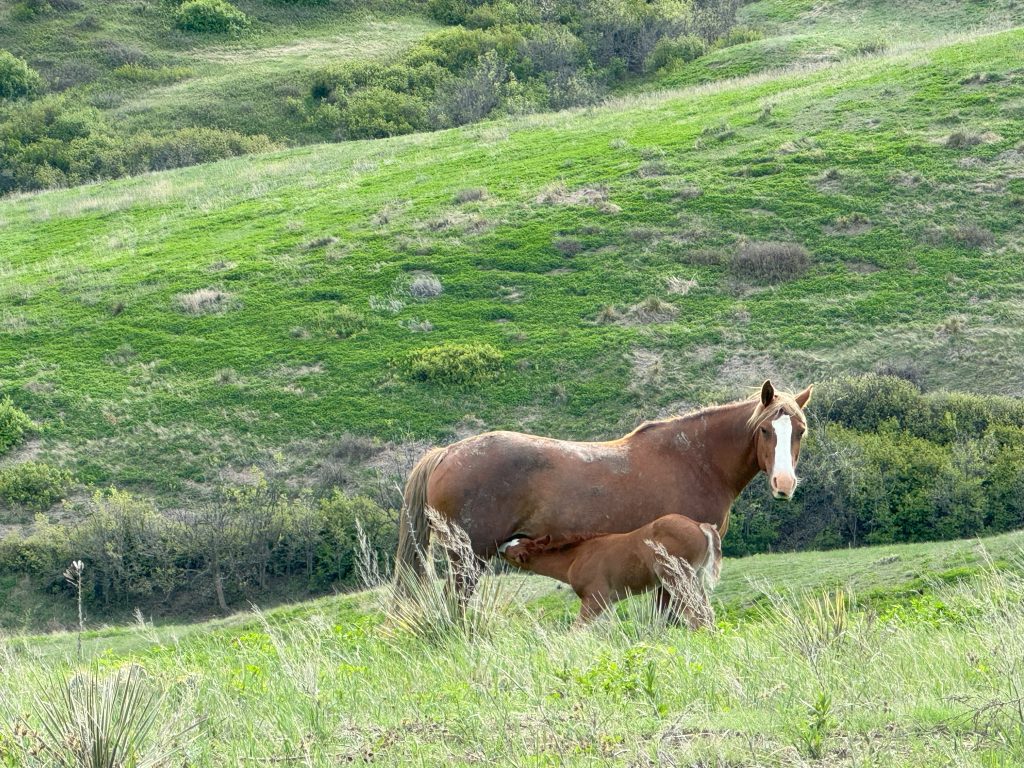
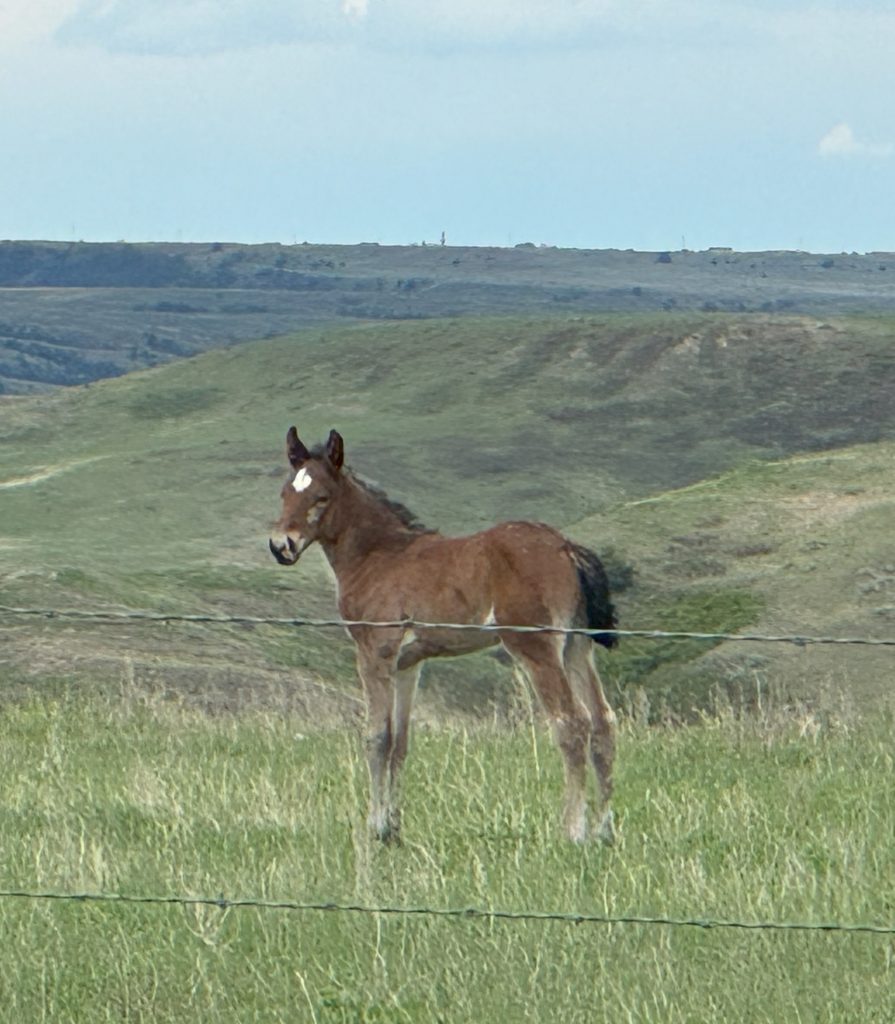
It’s all about genetics
If you understand a bit about managing genetics for a registered cattle herd, then you can comprehend the decades of records and work that have gone into Triple L Ranch bucking horses.
“It is technical. We write down every mare and which stud she was bred to; and if the colt doesn’t buck, then we will try a different sire – just like in a registered cattle herd,” Lance explained.
Lance grew up on a ranch his Grandpa Frank homesteaded east of Eagle Butte in 1909. Grandpa Frank also raised horses – Belgian workhorses.
A third-generation cattle producer, as a high school student Lance began building up his own cattle herd with the help from a Farm Service Agency loan and money earned working for area ranchers.
“Ranching and raising cattle and horses is what I have always done and all I ever wanted to do,” he said.
After Lance and Roni met and after they were together a few years, in 1987 Roni and Lance moved to the Annis family ranch on the Cheyenne River. The couple do raise cattle, but their cow/calf herd’s role on the ranch is to help keep things afloat financially so Lance and Roni can focus on their passion – raising bucking horses.
At 2 or 3 years of age, Lance and Roni test their horses by cinching on a mechanical dummy that falls off after 6 seconds. If the horse shows possible potential for bucking, Lance and Roni keep them. If at 2 they don’t show potential with a dummy, they wait until they are 4 or 5-years-old and try them again – but this time with a cowboy.
“Often if a horse doesn’t buck well with a dummy, I will wait and put a rider on them because some will buck good with a rider and not the dummy,” Lance said.
The couple say there is nothing like watching a colt they raised buck.
“I will say to friends that it’s my last year, and I want to quit, and then we start bucking the horses, it’s like watching a good rope horse or a good racehorse, race – I get re-enthused,” said Lance, who is 62.
Horses like Miss Congeniality.
As a colt, wire got wrapped around her hoof. After her hoof healed from the deep cuts, Miss Congeniality was left with a clubbed hoof. So, Lance and Roni did not think she had a chance.
But then, while Lance was caking the horses as he does every day, he noticed the 3-year-old, bucking and kicking and jumping as though nothing was wrong with her hoof.
“I put the bucking dummy on her and she bucked and bucked,” Lance said. “By keeping her hoof trimmed we could buck her.”
In her four-year old year, Miss Congeniality won awards in SDRA (South Dakota Rodeo Association) and NRCA (Northwest Rodeo Cowboys Association) and was named Bareback and Saddle Bronc Horse of the Year five different times over the years.
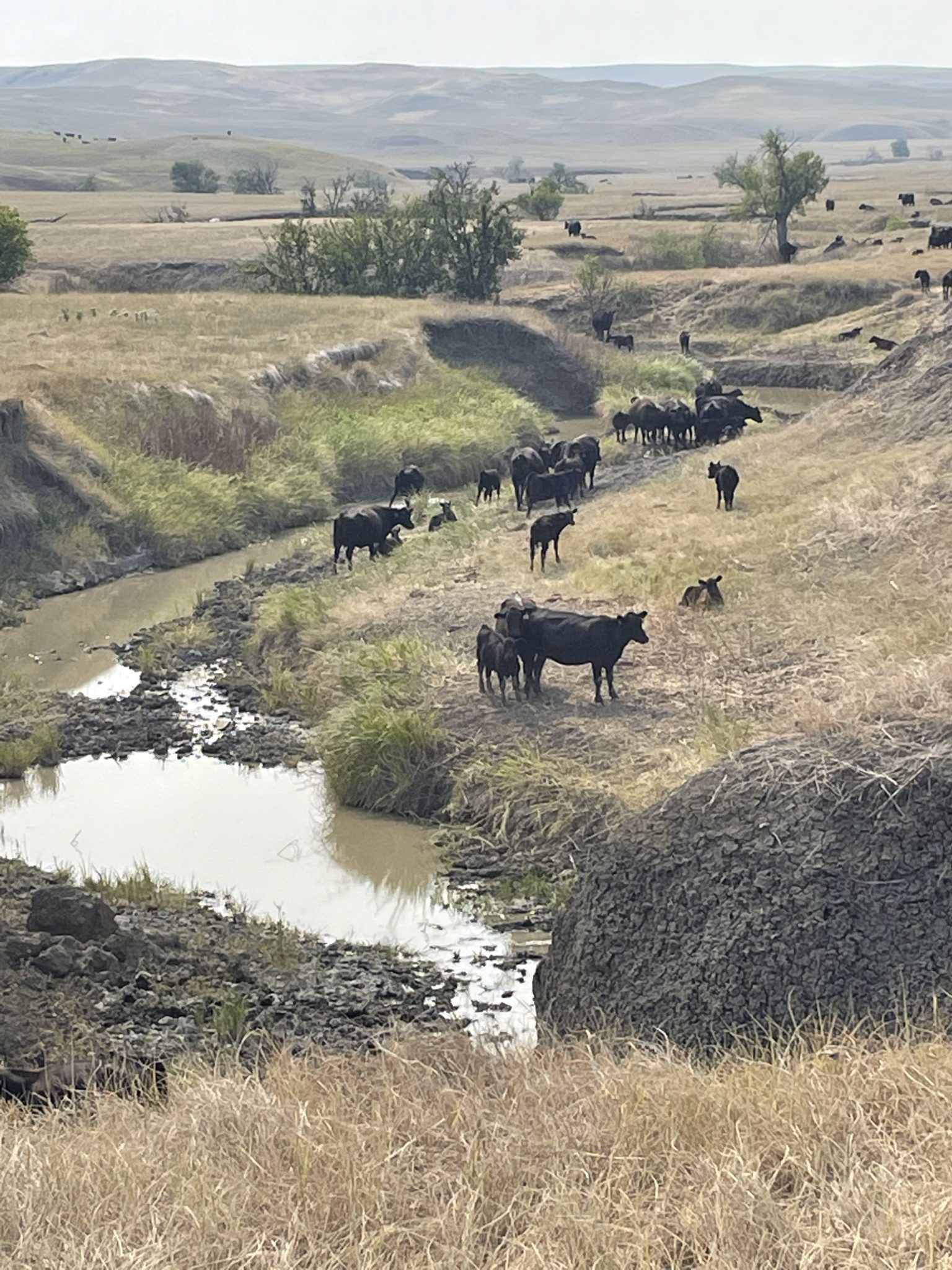
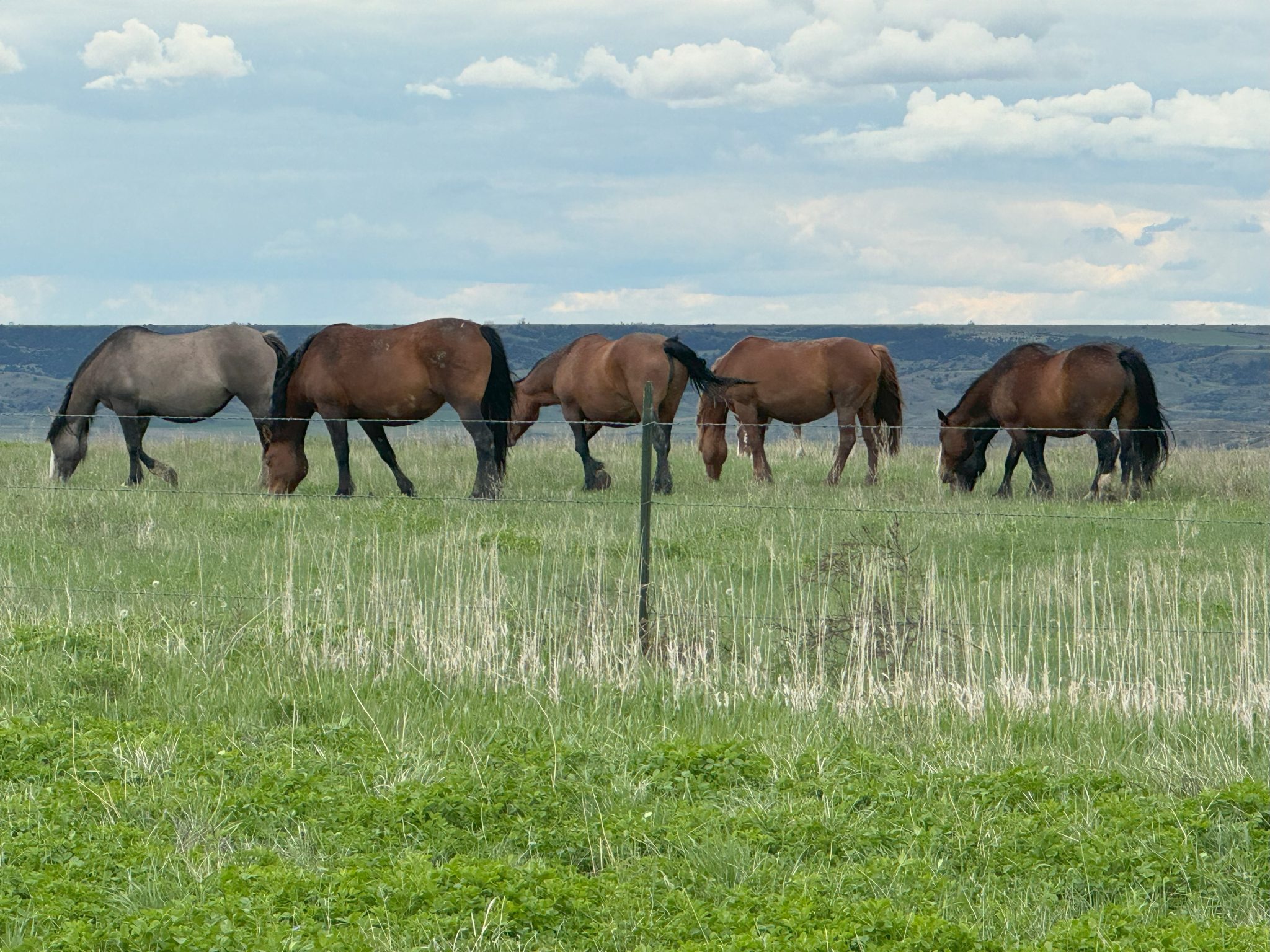
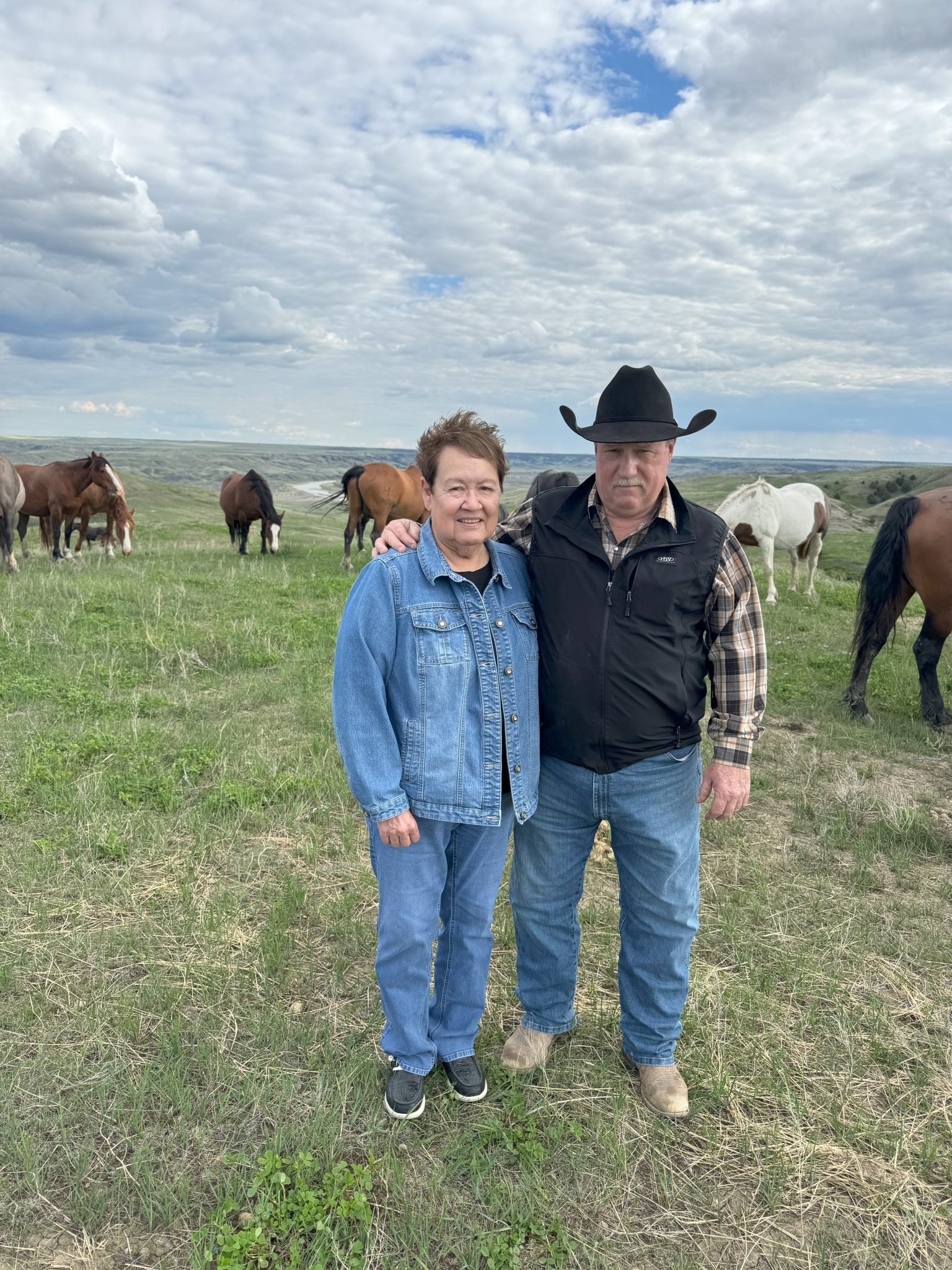
Her daughter, CoverGirl, went on to compete in the National Finals Rodeo and two other offspring are bucking in the PRCA.
When she was 24, Miss Congeniality passed away shortly after giving birth to her last colt, LastChance. Lance and Roni took care of him and this year he will start bucking.
“I really love horses,” Roni said. “We are around them so much that we get to know them. Once you get to know them, they are comfortable around you, you realize they are just like people, horses all have their own personalities – they are all unique. I really love having them around.”
Our rodeo family
As a mom, Roni enjoyed raising her now grown twins, Misti and Marty Hebb on the ranch. “They learned responsibility because they helped with all the horse and cattle chores.”
And she shared her love for rodeo with Marty. As a teen he qualified for the National High School Finals in saddle bronc and Marty was named a world champion saddle bronc rider at the Indian National Finals Rodeo six times. Roni and Lance have seven grandchildren and three great-grandchildren.
In addition to taking bucking horses to rodeos and managing them there, Roni also works as a timer for rodeos. She has timed the SDRA, NRCA and the South Dakota High School Rodeo Association (SDHSRA) Finals. She will be there this June.
“I’ve been rodeoing my whole life and I want to stay involved because of the people. They are my rodeo family. And if I don’t go to rodeos, then I don’t see my family,” Roni explained. “I just love it.”
Roni’s events were breakaway roping, pole bending, barrel racing and team roping. Lance also rodeoed. In his younger years he rode bulls.
Today, Lance is the President of the South Dakota High School Rodeo Association. When he and Roni are not working at rodeos, they support the next generation of rodeo athletes, trailering bucking horses to local arenas so that cowboys can practice.
“The only way rodeo will keep going forward is if individuals stand up and help the young rodeo athletes practice in order to give them a chance to do better,” Lance said. “Practice, practice, practice is what makes champions.”

